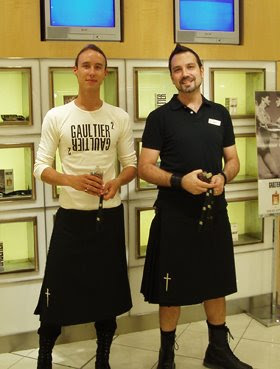Living in Denmark, I suppose I can call myself fortunate in some regards. It is true that Denmark is a country shaped by the extreme weather and the harsh winds blowing in from the the North sea. My delight is in learning that with the wind, the sea unearths prehistoric treasure in the form of vegetal amber. Amber is the name given to the fossilised deposits of resin created by trees, that have hardened over tens of millions of years. The golden lumps of amber that one can easily find scattered along the beach after a storm, indicate that vast forests of pine once flourished where the sea now lies.
Contrary to popular belief, however, amber - when used in perfumery - is not of this vegetal variety. It is considered almost impossible to extract a scented oil from this ancient resource, and attempts at doing so are highly destructive and yield minimal results. It would be much like trying to extract the odour of a stone. So, why do so many perfume houses reference amber as a key component of a new scent? Well, basically, the term 'amber' is loosely used to describe a quality in perfume that is warm, rich and honeylike, and also somewhat powdery, oriental and earthy. In perfume, synthetic ambers are often created and patented by the large manufacturing houses to emulate the opulent golden warmth of the fossil. Otherwise, oils taken from modern resins and tree gums such as benzoin and labdanum are obtained for their warm spicy qualities, and are often cut with other oils such as vanilla, clove or patchouli to further enhance their aroma. Fragrance companies that claim they have created a "true amber" perfume are simply writing a poem to lull and entice the consumer.
Nonetheless, I do enjoy the qualities that "amber" lends to perfume, even though it can only be a modern interpretation borrowed from this petrified remnant of the past. As the focus of many myths and legends, I will continue to trawl the shoreline after a winter storm in the hope of snagging a sizeable lump of this extraordinary gemstone.
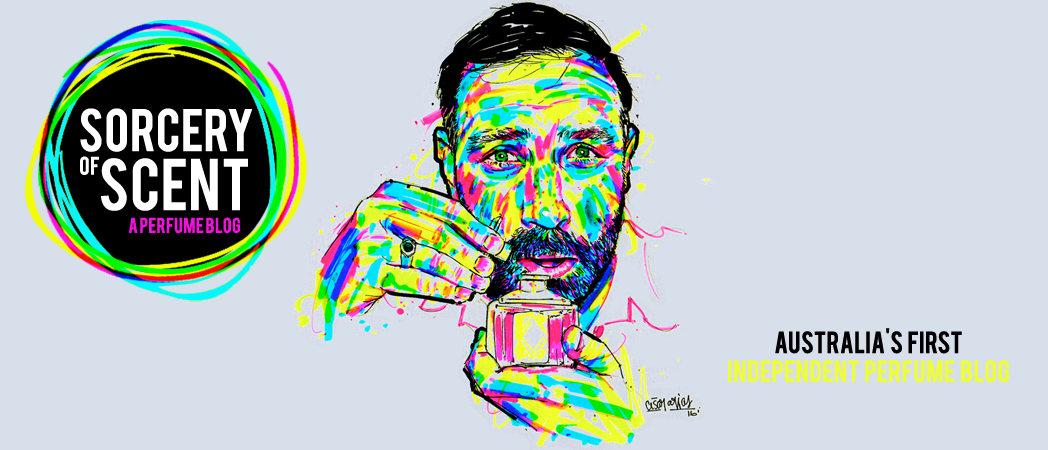
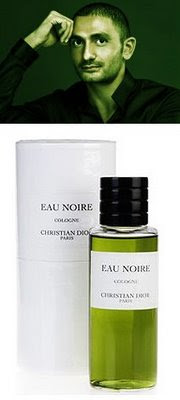
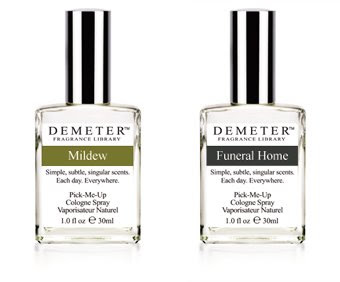

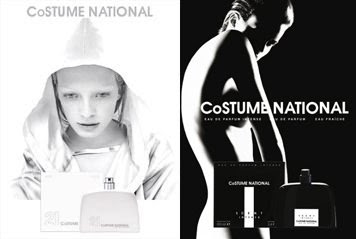
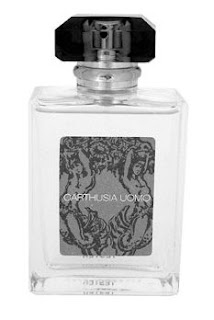


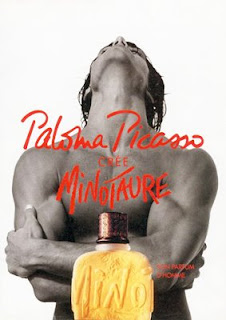
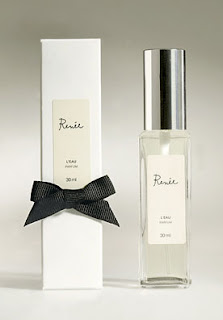
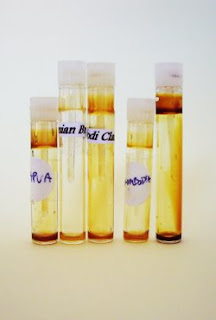 Palatial retail outlets house exquisite flacons of cut crystal, semi-precious stones and rare metals that are designed and crafted with meticulous care so that they might hold a precious extract that is deemed fit for a king.
Palatial retail outlets house exquisite flacons of cut crystal, semi-precious stones and rare metals that are designed and crafted with meticulous care so that they might hold a precious extract that is deemed fit for a king. 